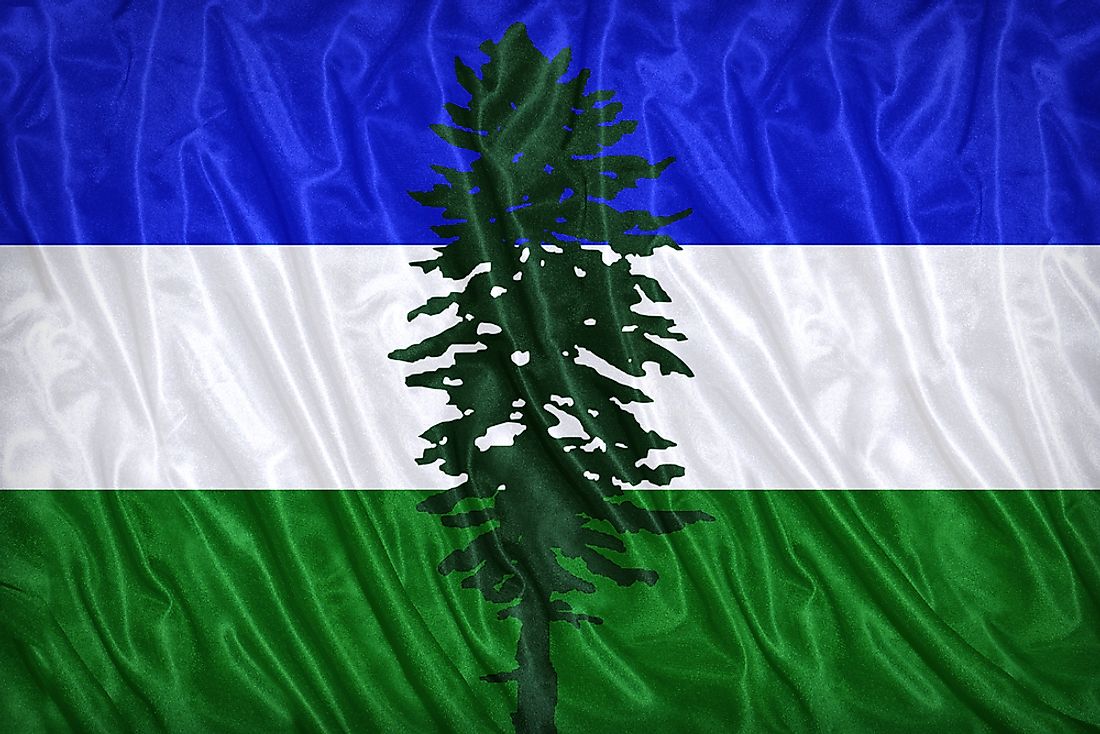Where is Cascadia?

Where Is Cascadia?
Cascadia covers parts of the United States and some of the provinces of Canada including parts of south Alaska, British Columbia, Oregon, Montana, Idaho, and Washington. It is also a proposed country whose boundaries are sometimes drawn along political states, ecological, cultural, and economical lines. Cascadia is also an all-inclusive movement that aims at eliminating arbitrary boundaries and borders and building a bioregional community that promotes a culture of love for a place. The region within the boundaries of Cascadia is home to slightly over 15 million people and has an economy that produces over $670 billion worth of goods. By total land area, the region would be the 20th largest nation in the world with a land area of over 534,000 square miles.
Cascadia Movement
Cascadia, more than being a region, is a movement whose objective is to foster connection and promote interdependence, sustainability, and resilience within its boundaries. As an inter-dependence movement, Cascadia considers social and cultural movement as a unit of interaction among the people within the region and in which everyone takes responsibility rather than having a political system in which people elect their preferred leader every now and then or look to one person for leadership. The main areas addressed by the movement include environment, civil freedom, regional integration, and bioregionalism. Cascadia movement does not only aim at secession but rather about the survival of peak oil, global warming, and other environmental and socio-economic issues.
Cascadia's Flag
A Cascadian flag, known as Doug Flag, is a primary symbol of the Cascadian bioregion. It symbolizes the natural beauty and the aspirations of the people who identify with the bioregion Doug Flag is a direct representation of the bioregion. Doug Flag was designed in 1994 Alexander Baretich, a Portland native. The top blue color represents the moisture-rich sky and the Pacific Ocean and other water bodies. The white color in the middle represents snow and cloud while the green at the bottom represents the bioregion’s evergreen forest and fields
The Size Of Cascadia
Cascadia comprises of states of Oregon, Washington, British Columbia, Montana, Idaho, and Southeast Alaska. The bioregion covers over 530,000 square miles of land; water and sea area would considerably increase the area. Cascadia assumes the shape of a curved land that runs across the Pacific Ocean, Rocky Mountains, and Continental Divide. On the northern side, the bioregion stretches from Mendocino in northern California to Icy Bay in the Gulf of Alaska.
Regional Identity Of Cascadia
Cascadia is an important economic region and has been embraced by several key leaders and organizations. The bioregion has been served by several interstate agencies and organizations since 2008 after the signing of Pacific Coast Collaborative which emphasizes on the coordinated policies on natural resource management, emergency preparedness, regional transportation, and tourism. Cascadia is thought to be energy sufficient due to the high propensity for renewable energy resources. According to the research conducted by Western Standard in 2005, the support for Cascadia secession from Canada varies with British Columbia and Alberta supports at 37% and 42% respectively.











